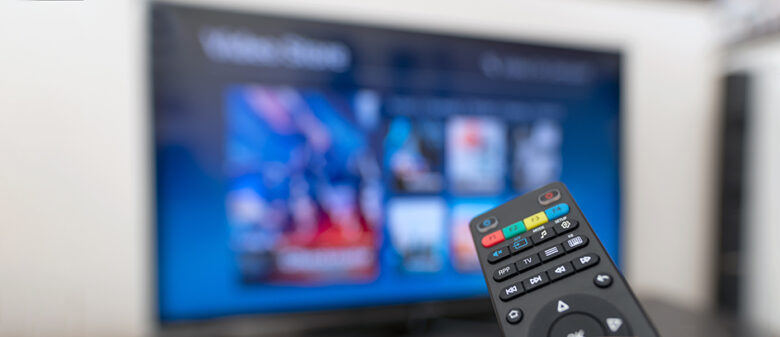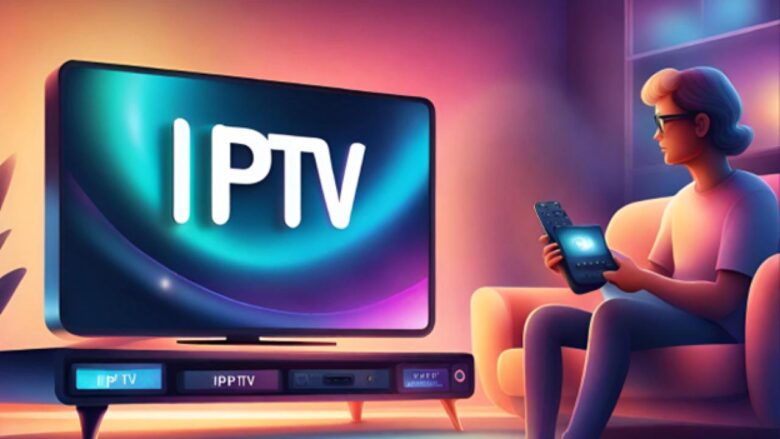Television has been an essential part of our lives for decades, but recent advancements have made it more engaging than ever. Traditional broadcast methods often limit access to specific content based on your location or the time of day.
However, a new approach to delivering television content has taken over. IPTV, or Internet Protocol Television, is now the go-to solution for accessing a vast library of content whenever and wherever you want. Let’s break down how IPTV is transforming TV viewing and what it means for entertainment moving forward.
Key Points
- Internet Protocol TV enables more freedom in content choices.
- Picture quality and access to multiple devices have improved.
- Traditional TV broadcasting is becoming outdated.
- Flexibility and variety in content stand out as key benefits.
- IPTV offers more interactive features than traditional TV.
A Shift in How TV Content Reaches Viewers

Source: beotel.net
Internet Protocol TV replaces the traditional methods of television broadcasting by transmitting content over the internet. Instead of relying on satellite signals or cable lines, IPTV delivers programming through a network based on Internet Protocol. This approach has transformed the viewing experience by making it more flexible. Now, you no longer need to be tethered to a single device or rely on a physical connection to watch your favorite shows.
For instance, with a service like IPTV Sverige, users in Sweden can access TV and movies from around the world with exceptional quality. With a library that includes thousands of channels and movies, combined with a near-perfect uptime rate, IPTV provides convenience. The ability to stream on multiple devices with no interruption makes it an attractive alternative to traditional TV setups.
Improved Flexibility in TV Consumption
The limitations imposed by traditional broadcasting are fading away. TV used to require you to follow a fixed schedule. If you missed your favorite program, you had to wait for a rerun. IPTV removes that hassle. With on-demand content, you can watch whenever it’s convenient.
No longer constrained by set schedules, IPTV gives viewers more control. You can pause, rewind, or skip ahead at your own pace. The option to view content on your phone, tablet, or smart TV means that you are not limited by geography. It also allows seamless switching between devices. So, you could start a movie at home and finish it while commuting without missing a beat.
Enhanced Picture Quality and Customization

Source: pixabay.com
IPTV has come a long way in terms of image quality. High-definition streaming and even 4K resolution are now common offerings. Viewers can enjoy movies, shows, and sports events with crisp, clear visuals that rival or even exceed traditional satellite or cable services.
The ability to tailor the experience to your preferences further distinguishes IPTV. Many providers offer features that allow you to create customized viewing packages. You can subscribe to channels based on your interests and cut out the ones that don’t appeal to you. You get more of what you want and less of what you don’t.
The Role of Hardware in IPTV Delivery
Internet Protocol TV depends on specific hardware that allows viewers to connect their devices to the IPTV network. Traditional television requires a satellite dish or a cable box, but with IPTV, the setup is more flexible. You often need a dedicated IPTV set-top box, but it’s not the only option. Many smart TVs have integrated support, removing the need for additional hardware.
Modern IPTV boxes come with a host of features, including built-in apps, expanded storage, and faster processing power. Some devices even allow for recording live TV or storing on-demand shows for later. Hardware also plays a crucial role in optimizing streaming performance. Smooth viewing experiences depend on quality routers, boxes, and other devices that can handle high data transfer rates without interruptions. Having the right equipment enhances the overall experience.
IPTV vs. Traditional Broadcast TV

Source: centralcasting.com
The major difference between IPTV and traditional broadcast TV lies in how content is delivered. Broadcast TV signals are transmitted over the air or through cables. These signals are sent to all viewers at once, limiting flexibility. It delivers content directly to your device over the internet. There is no need to wait for a signal to be transmitted. You get the content whenever you want.
Traditional TV also lacks the interactive elements that come with it. IPTV providers often offer services that allow users to interact with the content. From voting on live shows to participating in real-time polls during sports events, IPTV adds a new dimension to watching television. It creates a more engaging experience, giving viewers more than just passive entertainment.
Streaming Beyond TV: How IPTV Expands Access
Another major advantage of IPTV is its ability to expand beyond traditional TV. You can access a huge range of channels and services on the same platform. It also extends to music, gaming, and other digital content. Many services integrate platforms like Spotify or offer apps for playing games directly through the Internet Protocol TV system.
The future of IPTV lies in its ability to consolidate all forms of media into one system. Instead of juggling multiple devices and subscriptions, it allows for everything to be accessed from a single platform. This level of integration is one of the driving forces behind its growing popularity.
Future of IPTV and Its Impact

Source: mid-day.com
As technology continues to advance, IPTV will become even more powerful. We can expect more integration with other forms of entertainment, such as virtual reality or augmented reality. With 5G and other high-speed internet technologies on the rise, streaming speeds will improve even further, allowing for real-time, high-quality content without buffering.
The ongoing shift away from cable and satellite will only accelerate as IPTV services continue to offer more flexible and cost-effective solutions. The ability to customize your viewing experience, access on-demand content, and avoid traditional TV contracts appeals to a growing number of users. This technology opens up a future where viewers have more power than ever over what and when they watch.
IPTV and Global Accessibility
One of the most exciting aspects of IPTV is its ability to bring content from all over the world into homes everywhere. People now have access to channels that were once unavailable due to geographical limitations. You can watch foreign films, access international news, and even explore niche content that doesn’t air on standard TV networks.
The impact of IPTV on global content distribution cannot be understated. It has broadened the horizons of viewers everywhere, allowing them to explore new genres, cultures, and languages. This has sparked a more interconnected world of entertainment, where the lines between local and international content blur.
Conclusion
IPTV is more than just a replacement for cable and satellite TV. It is a revolutionary approach to how we consume media. By offering flexibility, customization, and global access, it has become the new standard for television viewing. With continued improvements in hardware and internet speeds, its influence will only grow stronger. IPTV has given the viewer the power to control what they watch, when they watch it, and how they experience it. The days of rigid TV schedules and limited choices are over. It delivers the future of television today.




